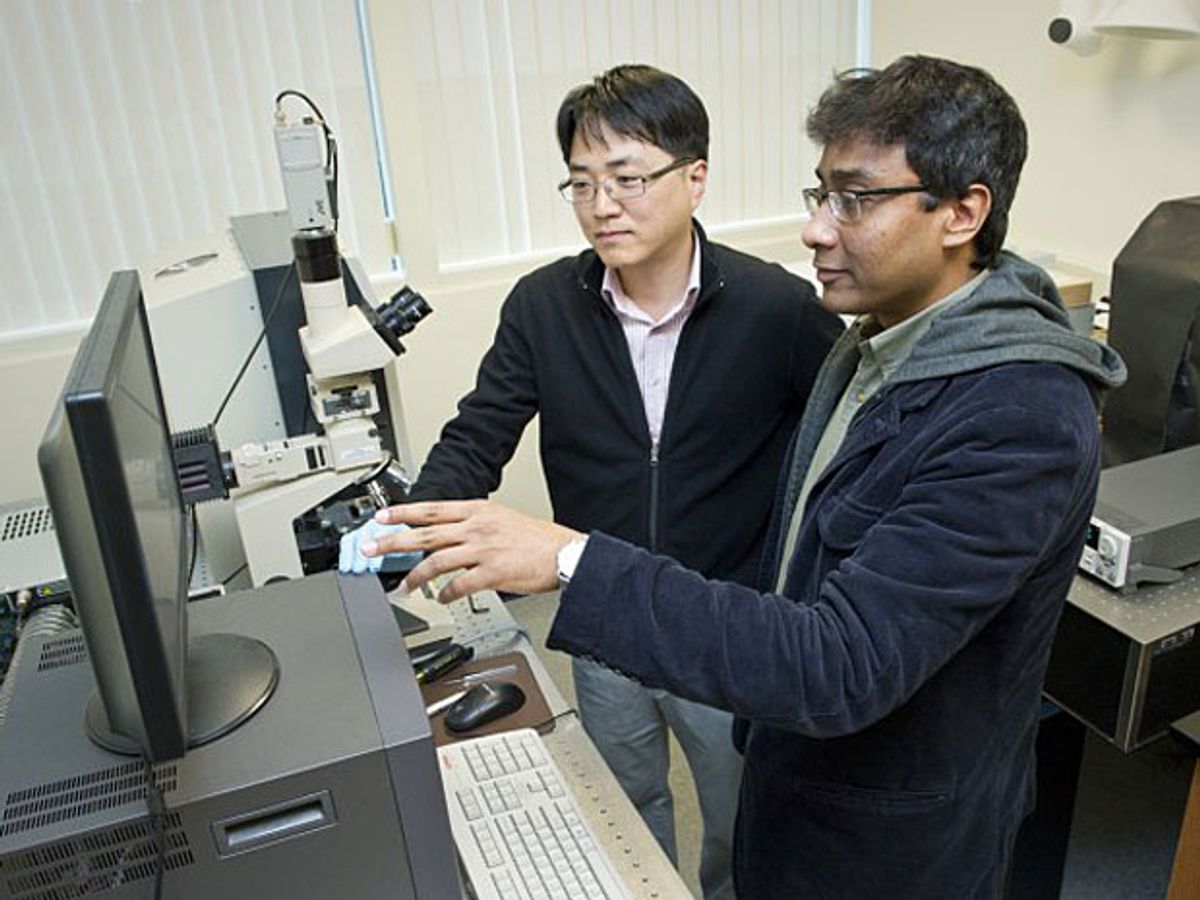Each allotrope of carbon—diamond, graphite, graphene, and fullerenes—has its unique set of interesting properties. So finding a way to get carbon to form a hybrid of these allotropes has been an enticing concept. The problem with making such hybrids is that it usually entails extreme chemical, temperature, or pressure conditions, leading to a lack of control over the final product.
Now researchers from Northeastern University, MIT, and the Korea Advanced Institute of Science and Technology (KAIST) have developed a simple, highly-scalable method for creating inter-allotropic transformations and hybridizations of carbon that appear across large-area carbon networks. Using alternating pulses of electricity across single-walled carbon nanotubes (SWNTs) they transform them into larger-diameter SWNTs, multi-walled CNTs of varying morphologies, or multi-layered graphene nanoribbons. They reported the details in the journal Nature Communications.
The key feature of the method is that it produces molecular junctions for the carbon nanotubes that have superior electrical and thermal conductivity compared to carbon nanotubes arrays that are junction-free.
To visualize the difference between a CNT array with molecular junctions and one without, the researchers say that the one without is like a wall of bricks without mortar, while the one with molecular junctions is like a brick wall made using mortar.
“We have filled in the gaps with cement,” said co-author Swastik Kar, an assistant professor of physics at Northeastern, in the press release. “We started with single-walled carbon nanotubes,” he added, “and then used this pioneering method to bring them together.”
The researchers believe that CNT arrays using these junctions could be useful for reinforcing composite materials. In the last few years, we have begun to see the use of CNTs in composites that actually improve the strength of the composite as opposed to just replacing a regular resin material. (In research back in 2012, scientists in Switzerland demonstrated how using magnetic forces could orient the carbon nanotubes in the composite to impart even greater strength.)
While stronger composites are indeed an attractive characteristic for these new CNT arrays, their improved electrical and thermal conductivity properties should be attractive for electronic applications as well.
Dexter Johnson is a contributing editor at IEEE Spectrum, with a focus on nanotechnology.



